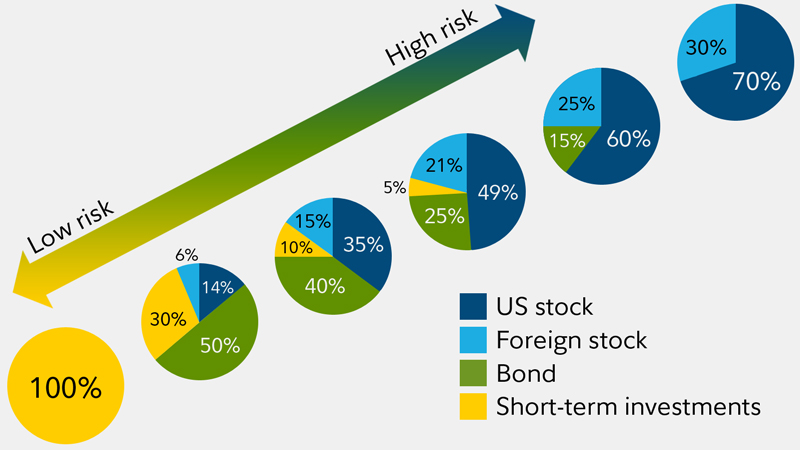There’s nothing like a sudden, abrupt change to the rules of an industry to kick its participants into gear. For the property development and investment industry, that kick happened in the late days of 2006, when property prices, which had historically been at record highs, started declining due to a combination of reckless lending, thoughtless property development, and poorly planned borrowing.
It was a major event, and one that sparked a major crisis in the residential property sector. Houses that had been worth millions just months before plummeted in value, bringing many of their home owners from a financial paradise into a nasty hellish debt pit. As the subprime crisis grew larger, a number of changes gripped the real estate world, changing property investment strategies for all.
But it’s now 2011, and many of the property investment strategies that people had largely ruled out just over four years ago may now be relevant again. From home ‘flipping’ to long-term, slow burn, thought out investment strategies, we’re going to look at some of the most popular strategies for an enthusiastic property investor, and see just how well they actually perform in the real world.
There are five major forms of property investment strategy, each tailored to suit a particular type of buyer and a particular type of investment. We’ll start by discussing the first – one that’s suited to the longer-term investor – the buy and hold strategy.
The buy and hold strategy revolves around a long-term rise in property values, one that’s paired to rental income from a specific property or group of properties. People that follow the buy and hold principle tend to purchase a home with long-term earnings in mind, renting it out or using it as its own form of investment during the time in which its value is projected to increase.

This allows them to bring in property investment income in two forms – firstly, from the rental income on the home itself, and secondly in the form of a later sale. Many buy and holders keep control of a single property for upwards of twenty years in order to ensure that it remains a good investment both in its rental states and during the sale when its value is at a relatively high point.
The second form of property investment strategy is close to the exact opposite of the long-term ‘buy and hold’ strategy. In property investment circles, it’s known as the ‘flip.’ Flipping houses involves a purchase at a low market rate – often a home that’s been foreclosed on or surrendered to a bank due to non-payment. These homes are often available to purchase significantly below the market value.
After purchasing the home at a low rate, the buyer moves to sell the property in its entirety before the title is transferred to them at all. This allows the buyer to take part in a ‘light’ sale, in which the standard rates and taxes of purchasing a home barely apply to them. The home is generally sold at slightly more than it was purchased for, resulting in a small overall profit for the ‘flipping’ buyer.
Let’s look at a midpoint between these two investment strategies – a property investment strategy that’s neither decidedly short-term nor for the long future. Many investors purchase a run-down or aging property with intentions of renovating it and selling for a profit. These investors will often hold a property for several months – even years – before selling it again in a refurbished state.
The goal here is to improve the value of the property through smart and cost-optimized renovation efforts, allowing a formerly dumpy home to become a valuable piece of real estate. While not quite the long-term investment that a buy and hold investment is, a renovation home investment can be a good option for those aiming to make a profit on a short to medium-term property investment.
Then there are alternative payment property investment strategies – investment tactics that don’t revolve around a holding-type pattern or a renovation, but around a unique payment strategy for maximizing the seller’s overall earnings. One example of this is a vendor-based ‘wrap’ financing option, in which the buyer will pay for the property over the course of several smaller payments.
Other options include lease-to-buy type investments, in which a buyer may initially lease a home with intentions of purchasing it later. In this case, the home’s original owner would offer tenants a chance to purchase the property at some point during their lease, in effect creating a buy and hold type strategy that’s easy for the investor to exit, often with a healthy profit on the home’s sale.
While these five property investment strategies form the basis of modern property investment, they’re by no means the only way to profit from the property market. During any time of rapid chance – whether in the property industry or any other – there’s always a chance to profit in an accessible way. Finding that method is key to smart property investment, in any real setting.
So keep in mind that, while these strategies can certainly help you, there are other ways to make a suitable income from property investment. Creative purchases and lease terms can often suit your investment style, while ‘sure thing’ investments can sometimes fail. With the right outlook, it’s not so much about the right strategy, as much as it’s about having the right type of property strategy.

